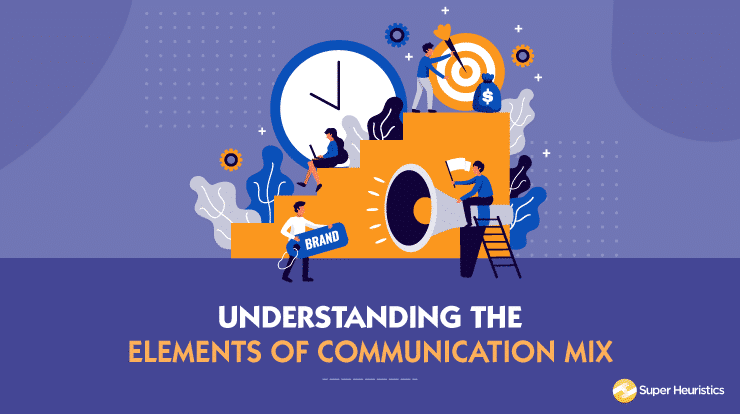
Have you bought anything lately?
Maybe a trendy new mobile phone, a chic piece of clothing, some food or coffee perhaps?
Chances are that you have because as consumers, we participate in the buying process almost on a daily basis. Regardless of what you choose to buy, one of the things that stand out is that these products attract a price that we all assume is reflective of the value of the product.
It is this perceived value that is the prerequisite of any pricing strategy.
For instance, given the choice between various alternatives of a product which perform the same function, we – either consciously or unconsciously – divert our eyes to the price tag of the given item.
It is then that we ascribe a given value to the product, relative to the price of the other products. This is very common and I have explained it in good detail in my article on Price Positioning.
In fact, it is one of the strategies that some major brands use to get you to buy various products at inflated prices when there are similar alternatives readily available for only a fraction of the price.
Yet, the arguably invisible hand behind the success of this strategy is effective marketing.
A marketer focuses on communicating the value of a product to the consumer in a variety of ways, one of which is the price.
Step into the shoes of a marketer for a second, if you may. What do you want the consumers of your product to see or feel when they see your brand? The simple answer is usually – good value for their money.
The Significance of Price in a Pricing Strategy
To gain a better understanding of the significance or price, consider the scenario below.
Here Prof. Geoff Fripp, a great professor and proponent of the Marketing subject from Australia, explains this significance vividly in one of his writings.
Suppose you are given a choice between 8 products that you would typically find in a supermarket. As you will observe shortly, the price is a great determinant of the presumed value of each of these alternatives. Review the following list of sauces, which one are you likely to buy.
| Brand | Brand Brief | Price |
| 1 | The first brand is the leading brand in the market, and is well known and easily recognized in the market courtesy of nearly two decades of heavy advertising on television.
Its marketing is anchored on a high degree of consumer knowledge and recognition of the brand. |
$4 |
| 2 | This brand is imported straight from Italy. This brand is marketed as being 100% authentic. | $4 |
| 3 | This brand is moderately well known in the market. While it is normally sold at $3.90, the price has gone down as a special promotion just for the week.
This brand is marketed as being on a limited offer only, running for one week. |
$3.4 |
| 4. | This brand is well known in the market. It is marketed as an ideal brand because all the profits go to charity. | $3.3 |
| 5. | This brand is locally made in the community. Therefore, it is primarily marketed as supporting the local community through the creation of jobs and generation of income. | $3.2 |
| 6 | This brand is unknown to consumers | $2.9 |
| 7 | This brand is unknown, but it has a very distinctive flavor. Its unique selling point is that its unique flavor is not present in other brands | $3.1 |
| 8 | This brand is privately labeled by the supermarket | $3 |
The list of brands above all represents the same product. Yet, these brands are not only priced differently, but this pricing seems to correlate with the degree of recognition and knowledge about the brand among consumers.
For the sake of competition, these brands are also marketed against different unique selling points.
Key Insights for Pricing Strategies
1. Value is seen through the lens of Price
This is definitely true in most B2C scenarios.
You are likely to select one of the higher priced sauces if presented with a choice among the 8 brands. In fact, a majority of consumers will select the first three brands, despite the fact that the bottom five brands offer the same product at a reduced price.
But why do customers behave this way?
The simple explanation is that as consumers, we tend to equate the true value of a product with its price. Therefore, we perceive those products with the higher price as being of higher quality as compared to those of lower prices.
2. Similar Prices = Similar Quality = Similar Value
We tend to equate products of the same price as being of the same quality. For instance, while brand 1 and 2 are different both in terms of how they are positioned and their unique selling points, most consumers will conclude that they are of the same quality because of their similarity in price.
3. Low Price could be a penetration strategy
We tend to equate low priced alternatives with poor quality. If you are keen enough, you will observe that brand 6 and 7 are unknown brands. Therefore, they are priced much lower than the other well-known brands to capture a piece of the market.
However, because of their comparatively low pricing, consumers will dismiss them as being of low quality.
The same will apply for brand 8. While it is a supermarket label and its quality should be judged based on the image of the supermarket, its low pricing creates the perception that it is of lower quality.
4. USPs are a justification for higher prices
A product’s unique selling points are usually designed to justify their price. For instance, brand 1 and 2 have unique selling points that reinforce their comparatively higher quality – one for being extremely recognizable and well known, and the other for being authentic.
This hints that the positioning strategy, as well as the unique selling points, both promote sales.
5. Sensitivity for short-term price changes
Consumers are sensitive to any changes in prices, especially when these changes are presented as limited time period offers. The reduction in price for a product initially priced high usually attracts higher sales, provided that the price of the product is expected to go back again.
If the price remains down, then the consumers will generally be assumed that it is of low quality and thus the permanent reduction in price.
While I love Udemy, I fear it might go too far down this path.
Product Positioning for Optimal Sales
The above also highlights some key learnings on how to effectively position a product. You will notice that indeed the pricing approach offers an effective product positioning strategy to ensure easy sales for a given product.
In essence, the market toys with our innate human perceptions that there is a direct relationship between quality and price. Furthermore, this approach will also allow the retailer to easily generate high-profit margins.
Conclusion
Based on the key aspects above, it is evident that price has a central role in the choices we make given different alternatives of a homogenous good.
There is a key relationship between the perceived quality of a product relative to other alternatives, and its price relative to these alternatives. Consequently, those products that are priced higher will tend to be more attractive to the bulk of consumers are compared to those priced much lower.
Take some time apart and invite some of your friends for this very simple exercise. Review the results and determine whether or not price had a factor in their purchasing decisions.






